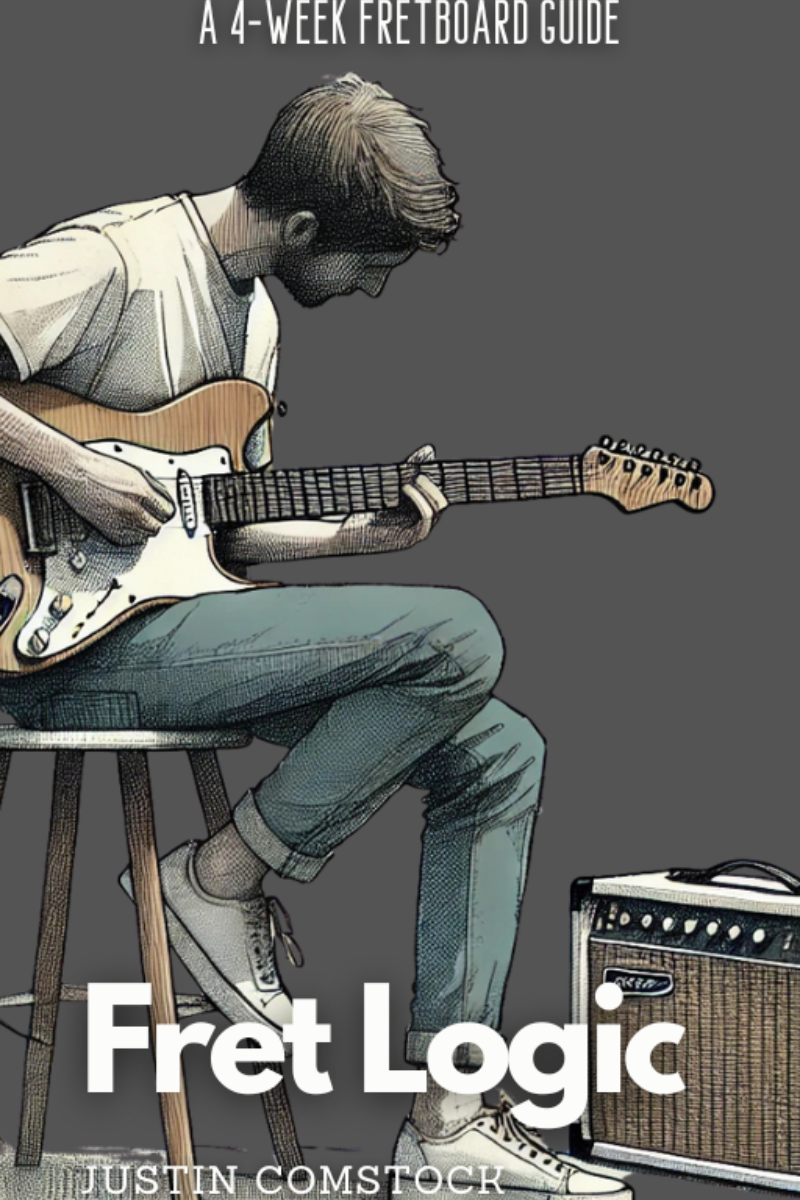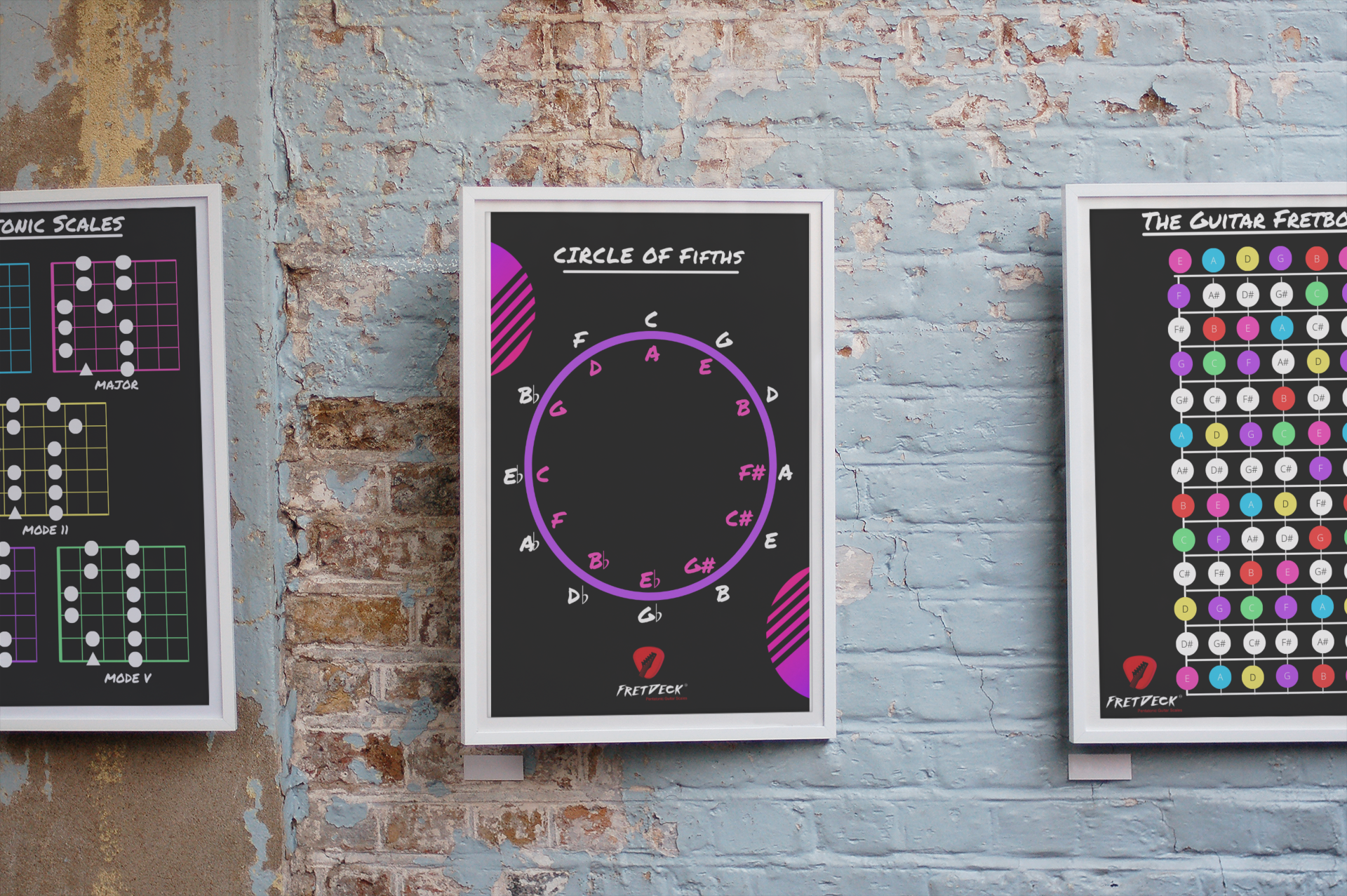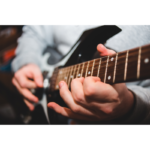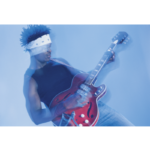“I didn’t need more tabs—I needed a map of the notes on guitar.”
When I picked up the guitar, I didn’t know squat about the fretboard. Sure, I could play some open chords. Maybe a scale or two. But ask me to name the note on the 7th fret of the D string?
Blank stare.
My teacher handed me a faded fretboard chart and said, “Memorize it.”
So I did. Slowly. Painfully. Alone in my bedroom with a highlighter, a metronome, and no idea what I was doing.
It took me years.
But here’s the truth…
You don’t need years.
You need the right method. One that connects your eyes, ears, and fingers—so you don’t just memorize the notes on guitar. You own them.
Let’s break it down.

❌ Stop Guessing. Start Shredding.
If you’re still fumbling through scale patterns and box shapes… it’s costing you progress.
FretDeck™ is the no-fluff system that shows you exactly how to master the fretboard—fast. Early access.
⚡️ This isn’t for dabblers. It’s for players who want results.
👉 Click here to join the pre-launch now
Early access. Limited rewards. Don’t wait.
🚫 Don’t Be the Guitarist Who Fakes It Past the 5th Fret
If you’re still faking your way through solos, stuck in scale boxes, or guessing where C# lives on the B string—you’re leaving massive potential on the table.
🎯 Back the FretDeck Kickstarter Now
✅ Visualize every note
✅ Learn 60 pentatonic shapes
✅ Includes Pentatonic Secrets course + access to Guitar Freaks Discord
🔥 Limited Early Access Rewards—Don’t Miss Out
🧠 Why Knowing the Notes on Guitar Actually Matters
Six strings. Twelve notes. One infinite playground.
Knowing the notes on guitar isn’t just a theory nerd’s obsession—it’s the doorway to total freedom:
- Improvise across the neck
- Play in any key
- Convert chords into melodies (and vice versa)
- Learn songs faster
- Communicate like a real musician
🎸 It’s not about memorizing dots. It’s about building musical vision.
🎯 7 Proven Ways to Master the Notes on Guitar
1. Start with the Natural Notes
Forget sharps and flats for now. Just focus on the basics: A to G.
Start with the low E string:
- 0 – E
- 1 – F
- 3 – G
- 5 – A
- 7 – B
- 8 – C
- 10 – D
- 12 – E
Do this on every string. Say them out loud. Hear them in your mind. This is your foundation.
🎯 Want help visualizing it? FretDeck shows every root note across every pattern—no guesswork.
2. Learn Octave Shapes
Octaves are your shortcut keys on the fretboard.
Example:
Play the A note on the 5th fret of the low E string.
That same A appears at:
- 7th fret of the D string
- 2nd fret of the G string (with a tuning shift)
- 10th fret of the B string
Lock in these patterns, and suddenly the fretboard starts making sense.
3. Use a Metronome (Yes, Really)
Set it to 60–70 bpm. Play one note per beat on a single string.
Say the note name. Move up. No guessing. No stopping.
✅ This builds precision, timing, and mental connection.
✅ It’s not sexy—but it’s effective.
4. Mnemonics Are a Crutch (Use Wisely)
Sure, you’ve heard it:
“Eddie Ate Dynamite Good Bye Eddie”
It’s fine at first, but don’t rely on it forever. Eventually, your brain needs to move from rhymes to recognition.
That’s why we built FretDeck Practice Prompts—to build reflexes, not rhymes.
5. Solo Over Backing Tracks and Call the Notes
Grab a jam track. Solo using just one string. Call out each note name as you play.
🎧 This method builds ear training and fretboard fluency in real-time.
It’s the difference between knowing theory… and knowing music.
6. Use Fretboard Visual Tools (Like FretDeck)
Apps and charts are fine, but most of them stay stuck on a screen.
FretDeck™ puts the fretboard in your hand—with 60 pentatonic shapes, visual root note anchors, and built-in improvisation prompts.
“It’s like flashcards for grown-up guitarists.”
💡 Learn how FretDeck helps you command the fretboard →
7. Train Intervals, Not Just Notes
Notes are static. Intervals move.
Practice hearing and playing:
- Minor 3rds
- Major 3rds
- Perfect 4ths
- Tritones
- Perfect 5ths
- Octaves
You’ll stop seeing the neck as dots—and start hearing it as music.
📖 Fretboard Mastery: Stories from the Greats
Jimi Hendrix – Couldn’t read notation. Didn’t stop him from visualizing sound across the neck.
Steve Vai – Practiced fretboard recognition daily under Satriani. It wasn’t magic—it was method.
Eric Clapton – Played melodies from chord shapes. Repetition + ear training = mastery.
🎸 Practice Prompts to Lock It In
- 🎯 Set a Micro Goal: “This week, I’ll master the A & E strings.”
- ⏱ Keep Sessions Short: 15 minutes of focus > 2 hours of noodling
- 📝 Track Progress: Use a bullet journal
- 👥 Play with Others: The fastest way to reveal what you don’t know
💬 Want to Learn with Other Guitar Freaks?
Join the Guitar Freaks Hangout on Discord
Inside, you’ll get:
- Weekly fretboard challenges
- Practice threads
- SRV solo nights
- Gear chats & guitar memes
- 🎁 FREE ebook: Fret Logic when you join
👉 Join Guitar Freaks Discord now and download your free copy of Fret Logic

Join Guitar Freaks Hangout on Discord! 🎸
Get Fret Logic FREE!
Join the Guitar Freaks Hangout Discord and get exclusive access to my entire e-book, Fret Logic! Master the fretboard and elevate your solos with this comprehensive guide.
👉 Don’t miss out—join now and download your free copy!
🎁 BONUS: The Tools I Wish I Had Day One
🔹 FretDeck™: The Guitarist’s Visual System
🔹 How to Solo on Guitar – Internal Blog Link
🔹 Premier Guitar’s Visual Note Mapping – External Resource
🔗 Want a solid starting point? Check out this free lesson from JustinGuitar: Learn the notes in the first five frets — a perfect complement to your fretboard practice.
✨ Final Word: Stop Memorizing. Start Playing.
You don’t need to stare at a hand-drawn map for the next five years.
You need to see the fretboard.
You need to hear the intervals.
You need to connect everything together.
And you don’t have to do it alone.
🎸 Back FretDeck™ on Kickstarter, join the Guitar Freaks Discord, and let’s master the notes on guitar—together.
🧭 Internal Blog Link
👉 Want to turn fretboard fluency into real music? Read: How to Solo on Guitar

Download FREE Guitar Charts!
We have 27 FREE guitar charts to help you learn the guitar fretboard. Learn How to play chords and scales with these free resources.
Free Guitar Resources










